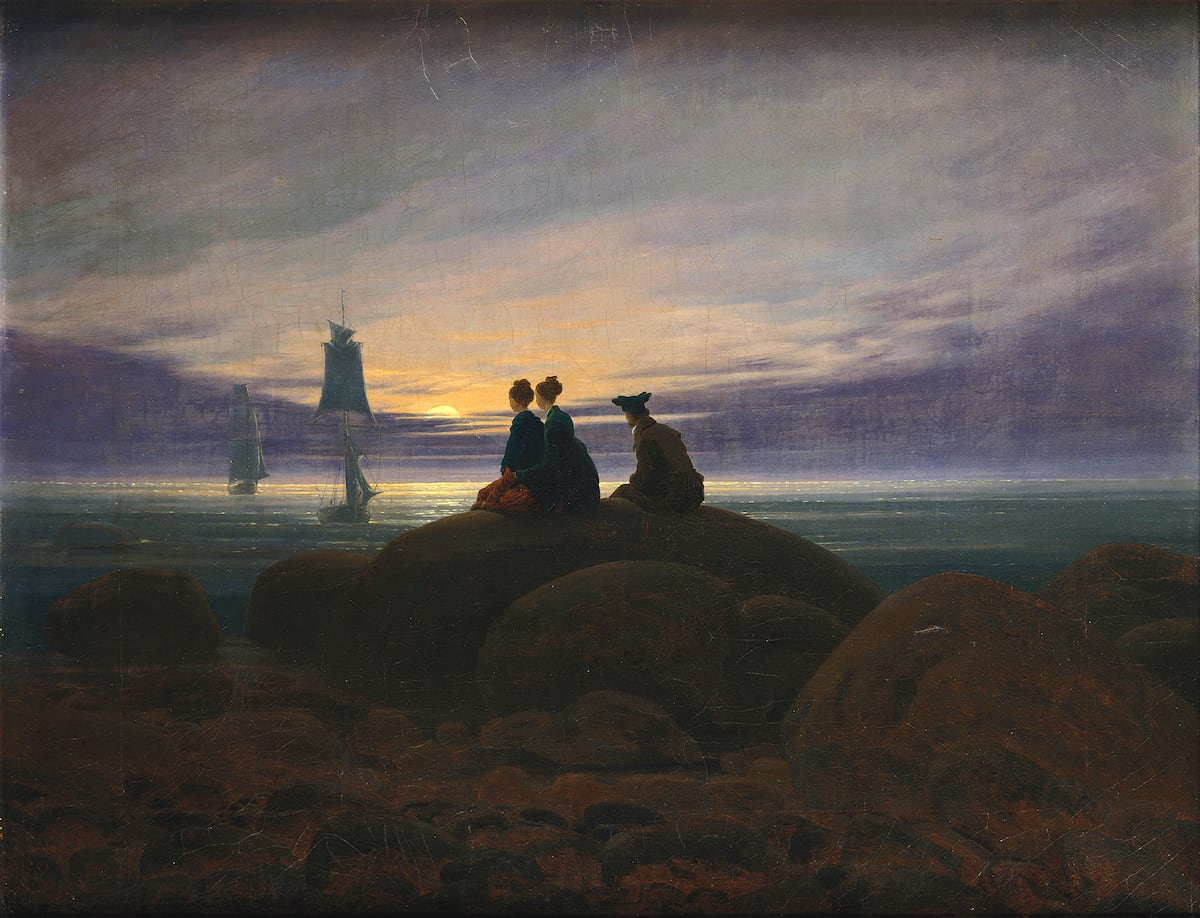
"The Earth formed 4.6 billion years ago, and the Moon appeared just 100 million years later. Since then, the satellite has exerted an enormous influence on our planet, giving it a balance conducive to life and subsequently affecting the existence of the living beings it helped make possible. It has been shown that many fish, corals, and marine invertebrates synchronize their egg-laying with the phases of the Moon, ensuring that they all reproduce at the same time to increase their chances of reproductive success."
"This synchrony has also been observed in badgers and in certain breeds of cows in Venezuela and Japan. The new moon has been linked to higher fertility in macaques, a phenomenon which is believed to result from the cover of darkness that protects them from predators. Mountain gorillas, which have few natural predators, seem to exhibit this synchrony closer to the full moon."
"Although the similarity between the lunar cycle (29.5 days from one full moon to the next) and the human menstrual cycle (between 26 and 32 days, with an average of 29) suggests that the Moon could influence female ovulation, scientific evidence has not allowed for clear conclusions. On Thursday, the journal Science Advances published a study that finds a certain lunar effect on the menstrual cycle and may also explain why many recent studies failed to detect it."
The Earth formed 4.6 billion years ago and the Moon appeared about 100 million years later, helping shape conditions for life. Many marine species synchronize breeding with lunar phases to boost reproductive success. Some terrestrial mammals (badgers, certain cows, macaques, mountain gorillas) show lunar-linked reproductive timing, with macaques tending toward new-moon fertility and gorillas nearer the full moon. Human menstrual cycles have lengths similar to the lunar cycle, prompting study of lunar influences. Historical studies found women with cycles near 29.5 days often menstruated around full or new moons, but recent work reported no synchrony; a large analysis of over 11,500 menstrual records spanning decades examined these patterns.
Read at english.elpais.com
Unable to calculate read time
Collection
[
|
...
]